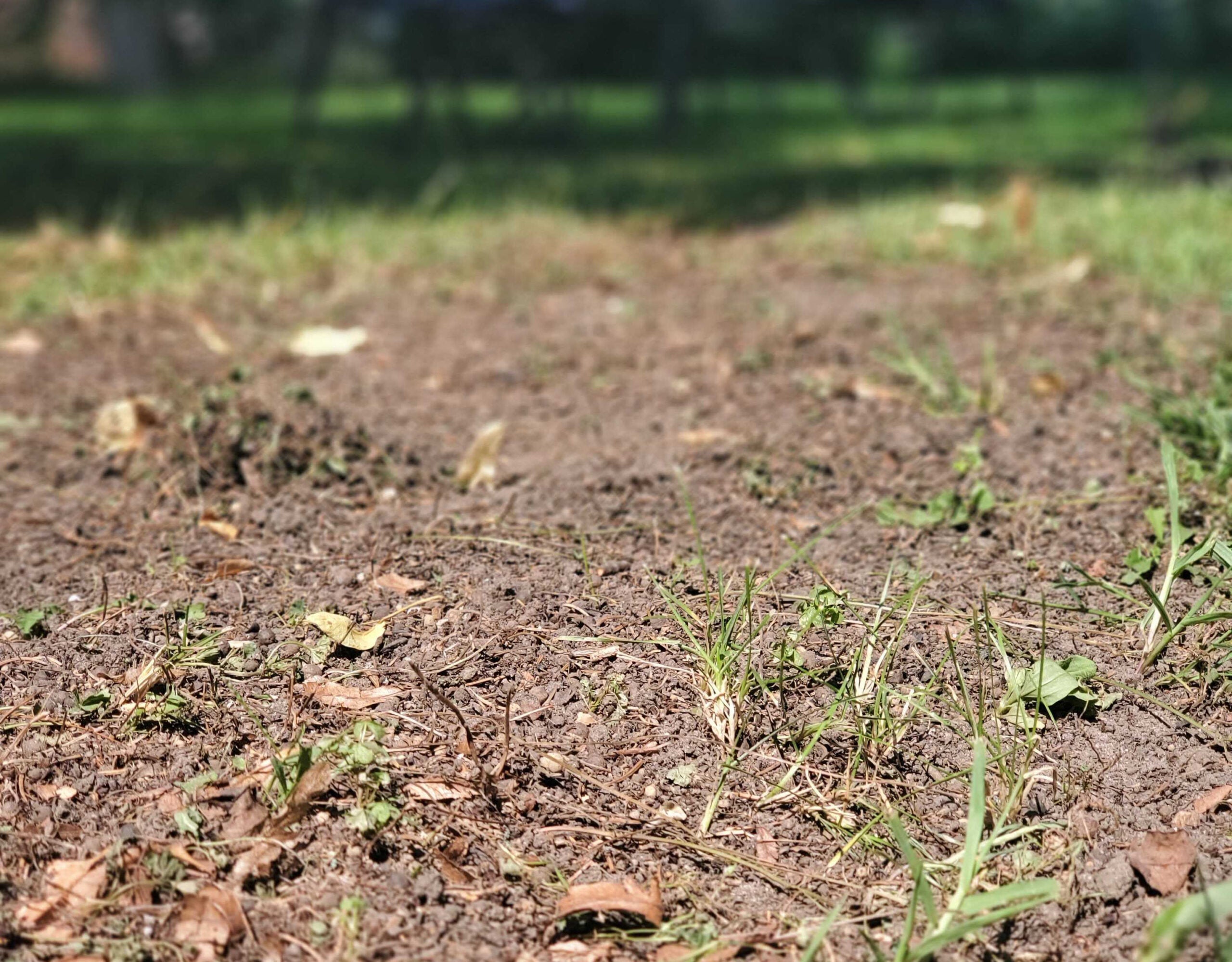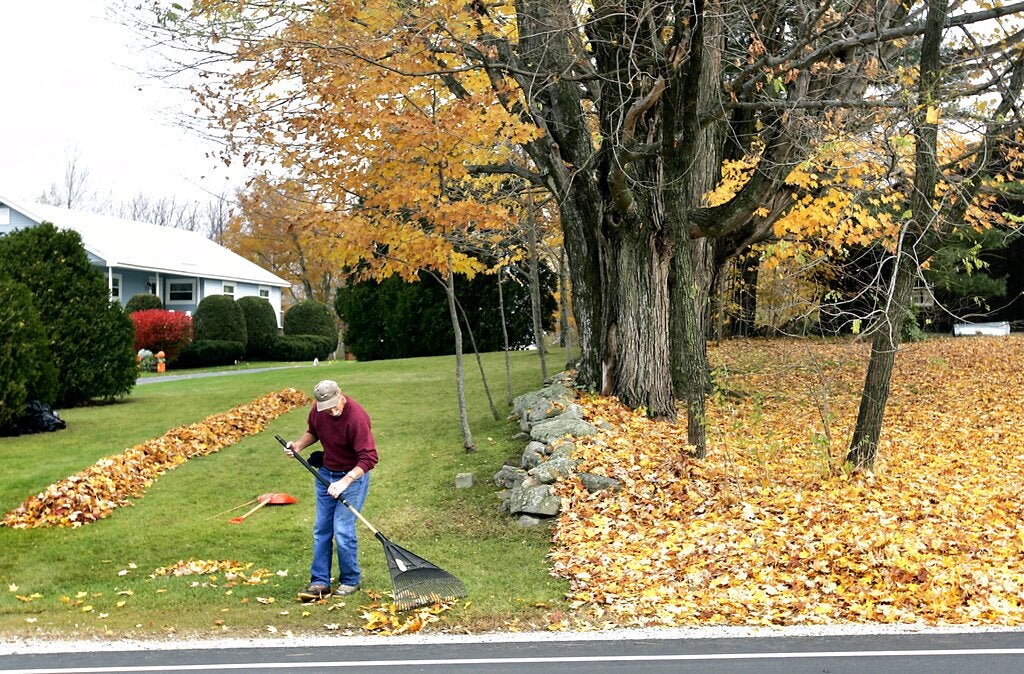Editor’s Note: “Garden Talk” is a weekly Wisconsin Public Radio program hosted by Larry Meiller. This column is a weekly recap of tips in response to caller questions.
This summer in Wisconsin has been hot and dry, and those conditions have taken a toll on yards.
For those looking to patch their lawns, remove weeds or otherwise start from bare soil, now through September is the ideal time to plant new grass, explained Doug Soldat, an associate professor in the Department of Soil Science at the University of Wisconsin-Madison.
News with a little more humanity
WPR’s “Wisconsin Today” newsletter keeps you connected to the state you love without feeling overwhelmed. No paywall. No agenda. No corporate filter.
Soldat joined “Garden Talk” on Aug. 26 to talk about how it’s best to seed grass in fall, particularly because it’s still warm enough for the seed to germinate and there’s less competition with weeds, which aren’t germinating. The grass will have time to thicken, harden and survive winter, Soldat explained.
Soldat started the segment with some helpful tips for those looking to seed their yards:
- Broadly speaking, the best grasses for Wisconsin lawns are fine fescues and Kentucky bluegrass. Rye grasses are commonly sold, but they often don’t perform as well.
- Watch the 10-day weather forecast and make sure to plant seed during a dry period, otherwise you risk the seed getting washed away.
- Make sure to till and loosen the soil, put the seed down, rake it into the top quarter inch and then step on it.
- Putting down straw or any type of mulch is important to protect the seeds from raindrops during storms. Straw will also keep the soil moist, which is necessary for success during the early growth period.
- Most people over water new seedings. Focus on keeping the surface moist by watering it once in the morning, early afternoon and late afternoon. Soaking it isn’t as important, because the seeds can’t access that water down deep.
The following listener questions and guest answers have been edited for brevity and clarity.
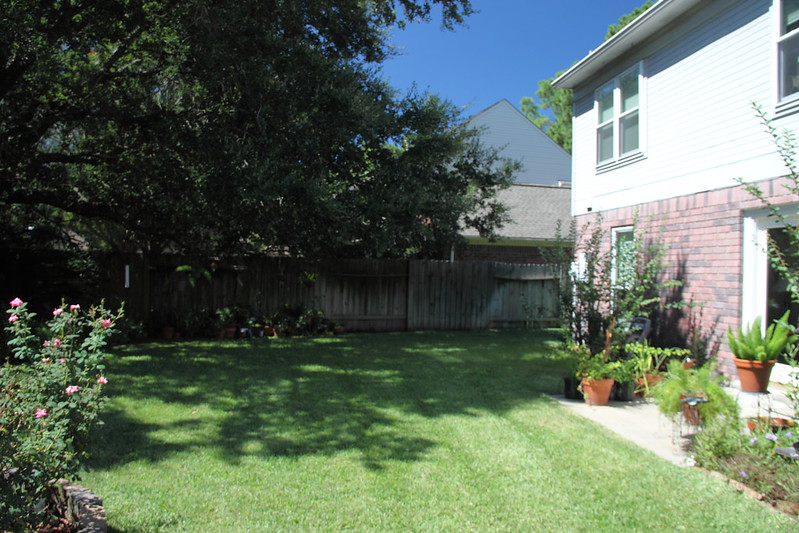
On planting in shade
One caller from Milwaukee was wondering about what to plant in an area underneath a maple tree.
They said: “I’ve trimmed up the low branches, but there’s still an area that’s kind of shady, and I want to know what’s the best grass to plant there because I’ve got a big bare spot under that tree.”
Doug Soldat: Maple shade is really, really dense, and it’s one where I don’t expect a ton of success. Creating a landscaped area underneath the tree, like a buffer zone where you might plant hosta or some other shade-loving plant would be an option that I would keep in mind.
That said, if you do want to go with grasses, the best grass for a maple shade is going to be a chewings fescue. That will have the best chance of success underneath the maple tree, but again, it still may be too much shade for even that grass.
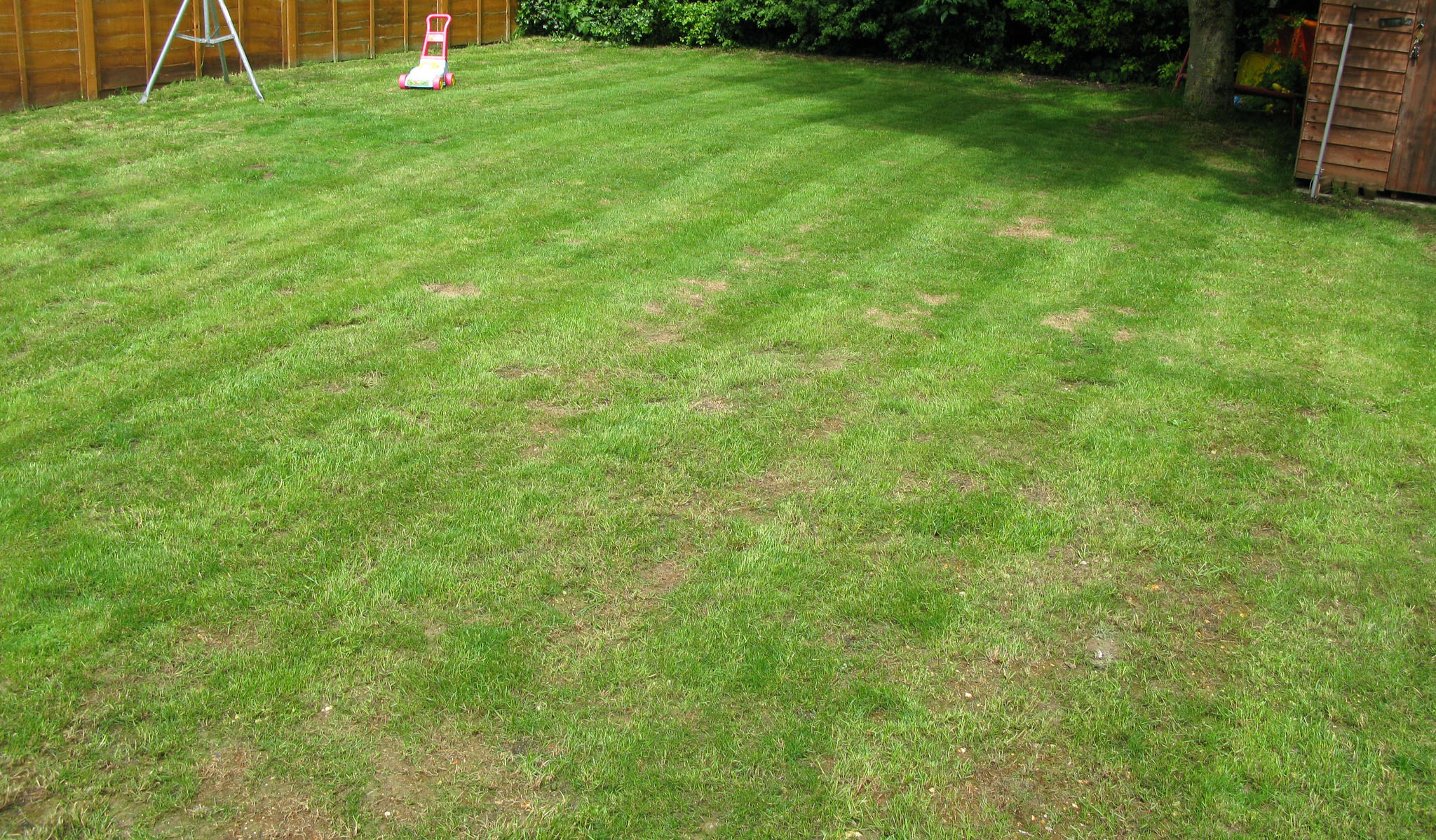
On patching
That same caller also asked about what to do to patch areas of grass near the sidewalk where dogs tend to urinate.
DS: Yeah, that’s a tough one. Tall Fescue is what I call the ‘dog park grass.’ It is a little bit tougher and the soils in those areas between the street and sidewalk tend to be very poor — tall Fescue is a grass that does well in those soils. It probably won’t be completely resistant to dog urine burn, but it’s probably your best option. It’s a tougher-looking grass; it’s one that some people think looks like a weed.
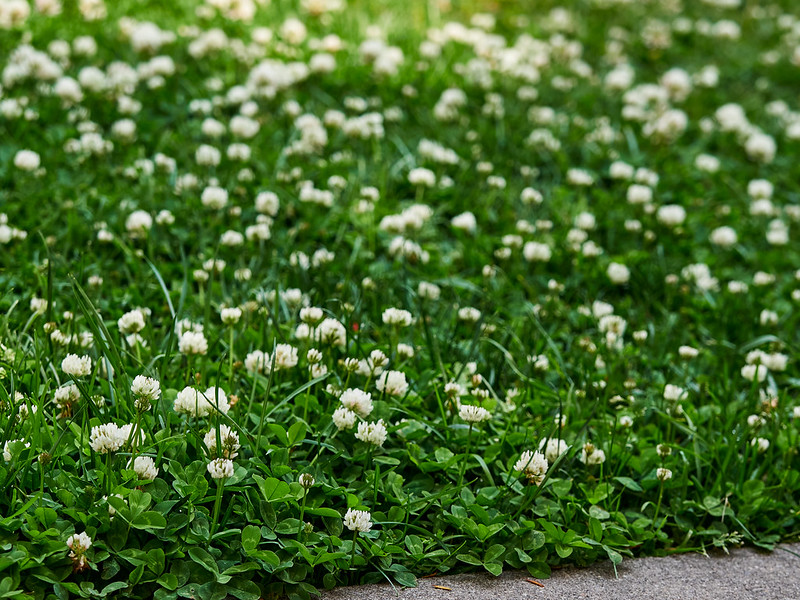
Reseeding with clover
Another caller said they’ve been reseeding their lawn with microclover, though they noticed their beautiful clover patch just stopped growing, and wood sorrel has grown up in its place.
They said: “I think that clover is perennial. It has been everywhere else and, I don’t know, do you think the heat made it go dormant?”
DS: Our research group has been doing a ton of work with microclover, and this is something we’ve observed too. So, we haven’t been studying clover long enough to have all the kinks worked out. And we’ve seen some years — it’s like the area that we planted seems to be dominated by clover and then other years, it’s like, where did the clover go? So there’s these natural ebbs and flows to the clover population over time.
And I think the way that we’re thinking about it now is, yes, clover is a perennial, but because it’s a managed system, now it’d be a good time for you to seed clover into these areas where it seemed to have thinned out for some reason. So just like we have to manage our lawns, clover, as a component of a lawn, likely needs to be managed too.
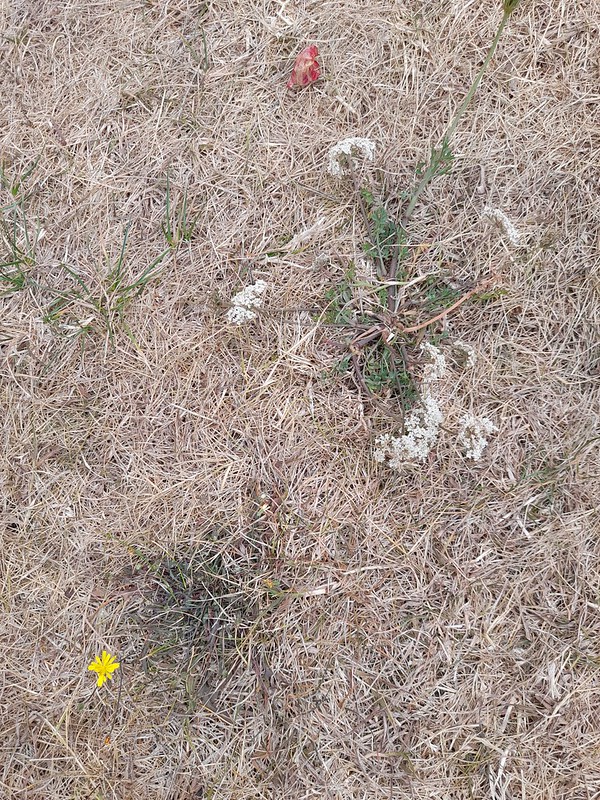
On brown grass
An email from a listener in New Glarus asked about whether brown grass that looks dead is actually dead, noting their lawn looked dead in July but bounced back with a couple of good rains.
DS: This is like the biggest misconception about lawns is that they can’t go brown or they’re dead if they’re brown. This year we had a pretty severe drought. And, I’ve been doing this for 15, 20 years, and it was never on my radar of like, oh, this is going to be a problem. But I answered so many questions from the media and homeowners over email, like, what should I do?
It’s like, nothing. Just enjoy the fact that you don’t have to mow your lawn for the next couple of weeks at least.
Grasses have evolved as strategy to deal with this. And if you just think about the United States as a country, as you drive west of Wisconsin, you see fewer and fewer trees and more and more grasses in nature to the landscape. And that’s because grasses can tolerate extended periods of dry soil and no rain. They let their leaves go and they maintain the crown — that’s a growing point of the grass that stays alive, and it just needs a tiny bit of water and it can survive usually six, eight weeks with absolutely no rain.
So that’s what we saw this year. Many, many brown lawns, rains came back and now most of the lawns have completely greened up again.
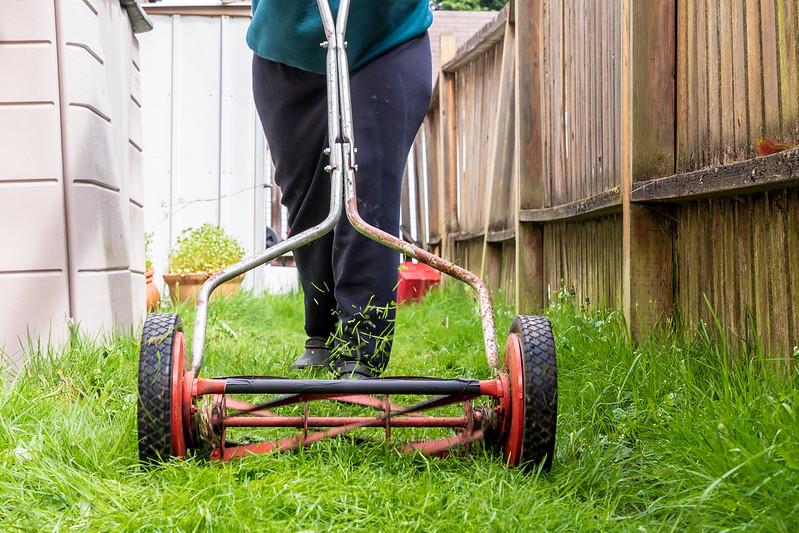
Weeds in low-mow grasses
One caller said they removed some dead trees in an area and planted fescue per the recommendation of the landscaper, but they’re noticing more weeds coming up.
They said: “I kind of was under the impression I wouldn’t really have to do much with that grass, but do I need to treat it during the summers for weeds?”
DS: I’m glad you brought this up. We’ve been talking about fine rescues and chewings fescue — those are all going to be in these no-mow or low-mow mixes. They can be mowed. And in fact, one of the best ways to keep weeds out of a grass situation is to mow.
There’s only a handful of weeds that can really tolerate regular mowing. And so when you plant a no-mow grass, and you don’t mow it, there are lots of weeds that are either in the seed bank or they blew in to this bare soil area that get established and usually by mowing frequently early on, that’s one way to give the grass an advantage.
So I would recommend to anybody that’s establishing a no-mow mix is to mow it frequently for the first year and then after it’s established and there are very few weeds left, you can go to the mow it once or twice a year situation.
“Garden Talk” is broadcast every Friday at 11 a.m. and rebroadcast on Saturday at 6 a.m. on WPR’s Ideas Network stations.
Wisconsin Public Radio, © Copyright 2025, Board of Regents of the University of Wisconsin System and Wisconsin Educational Communications Board.

